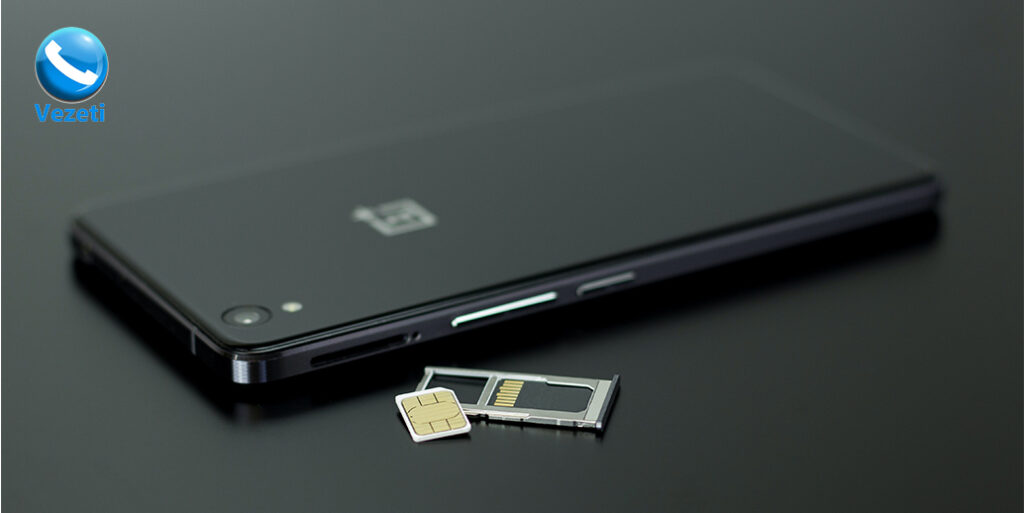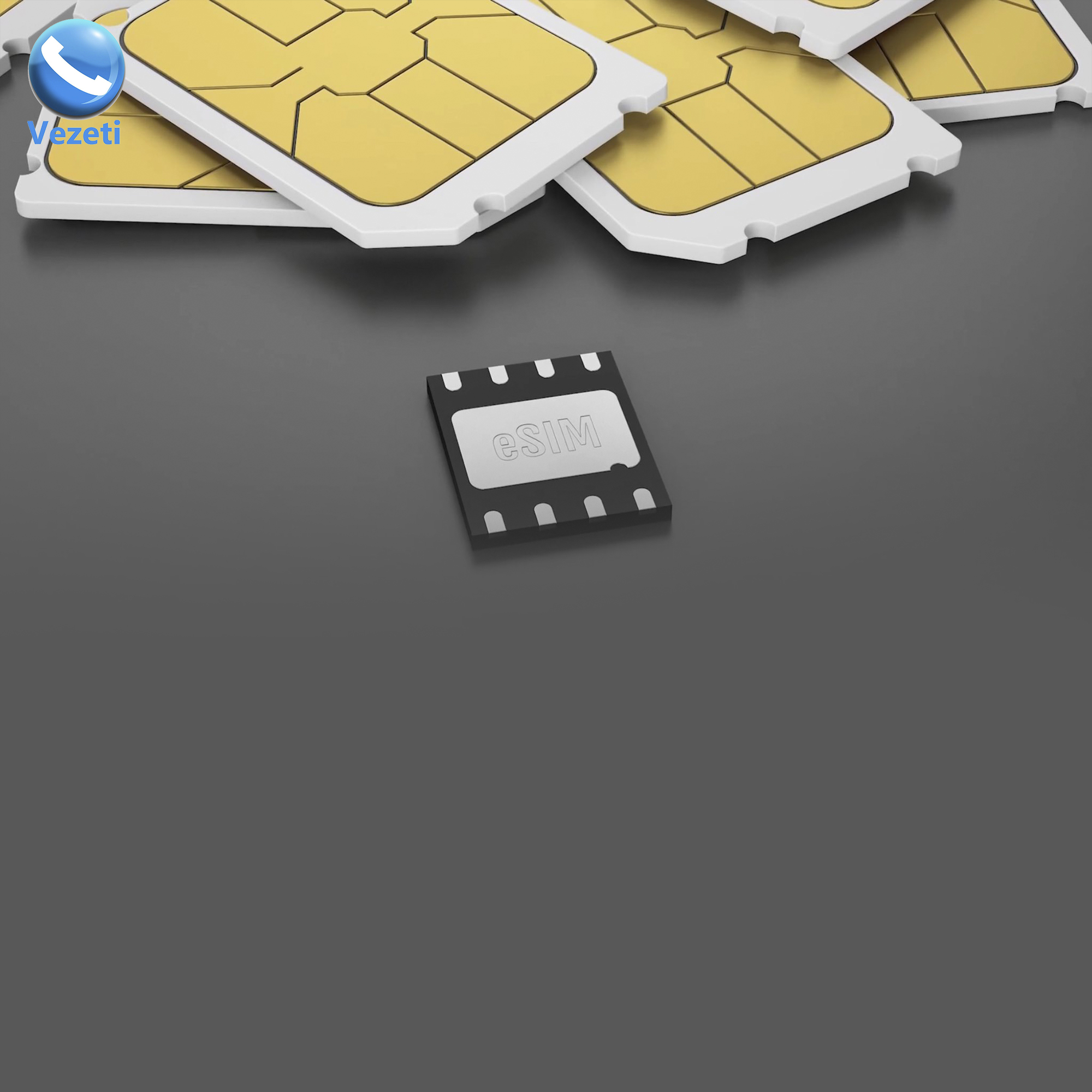The Imminent Esim Revolution and Why Mtn Is Poised to Take the Lead in Rolling It Out in Nigeria
Definition of eSIM:
Embedded Subscriber Identification Module (eSIM), otherwise known as Embedded Universal Integrated Circuit Card (eUICC), is a global specification by the Global System for Mobile Communications Association (GSMA) which enables remote SIM provisioning of any card-carrying device. According to the GSMA, eSIM is the SIM for the next generation of connected consumer devices and networking solutions.
Operation of an eSIM
eSIM is a programmable SIM card that is embedded (Soldered directly to the circuit board) in a device. An eSIM device uses a surface mount component, which is a component that utilizes surface mount technology (SMT). SMT is a method in which the electrical components are mounted directly unto the surface of a printed circuit board (PCB). In related industries, this SMT has largely replaced the through-hole technology method of fitting components majorly because SMT gives more room for manufacturing automation, and while an SMT component is always smaller than the through-hole component, both technologies can be used on the same board, but the through-hole technology is often used where surface mounting is unsuitable.
An eSIM is often employed in the machine-to-machine (M2M) application where there is no need to change the SIM card, this eliminates the need for a connector even as it offers more reliability and security.

Advantages of eSIM
The present removable SIM card uses Universal Integrated Circuit Card (UICC), which stores information and application for the SIM profile, in this case, eSIM which runs on eUICC is a vastly improved version of that secured technology.
Importantly, eSIM is not a new form factor of SIM cards like the mini (2FF), micro (3FF), or the nano (4FF) SIMs, it is just structurally made to allow for multiple profiles on one card. However, there has been a new form factor –– the Machine-to-Machine Form Factor (MFF2) –– introduced alongside the eUICC specification. The MFF2 is smaller and more resistant to heat, cold, and dust, but it is not used in every case that an eUICC is applicable, though the eSIM format itself is commonly designated MFF2. The following are some of the advantages derivable from the deployment of eSIM.
- Smaller (three times smaller than the nano—4FF SIM) size, fewer components, and less susceptible to mechanical de-lodging.
- Non-breakable: Extreme wear and tear on the silicon/copper plate due to frequent removing and slotting back causes the silicon/copper surface to break, this causes the legacy SIM card to lose electrical connectivity which condemns the SIM. With an eSIM, this does not occur because it is not removable.
- eSIM is improved, embedded, and secure. The idea of eUICC is to make the eSIM versatile and to enable it to circumvent the common restrictions found with the legacy SIM card. On the back of this, the eUICC technology offers incomparable security when compared to the traditional SIM card.
- A stolen eSIM device cannot be used freely because the eSIM is passworded, meaning it would need the owner to unlock it for use, this extra security is an added advantage
- eSIM offers subscribers the opportunity to change profiles and add or remove Mobile Network Operators (MNOs) without having to change the card, it combines the functionality of eSIM with eUICC capabilities to do this. Ordinarily, the legacy SIM card has one profile provisioned in it, but the eSIM makes room for multiple profiles to be contained in it. Subscribers can change profiles and add or remove MNOs without changing the card. It means with one eSIM, users are offered access to multiple operators. This is how the eUICC changes how we use IoT SIM cards and disrupt the entire connectivity chain from manufacturer to service provider.
- The new form factor of the eUICC is heat, cold, and dust resistant, these characteristics forestall the possibility of atmospheric elements hampering the eSIM from its performance. While there are occasions where the MNOs would advise a subscriber to switch off a device, remove the SIM and slot it back before switching the device back on (possibly to regain contact and connectivity which may have been hampered by atmospheric elements), this cannot be a consideration with an eSIM as it is embedded.
- Over The Air (OTA): one powerful functionality of an eSIM is the ability to remotely add (or provision) SIM profiles and MNOs Over The Air while the SIM remains embedded in a device. This capability makes it possible for OEMs and application developers to have more freedom and control, because they can embed the SIM at the point of manufacture and then provision profiles as necessary (OTA) without needing to remove the device from the field.
- eSIM is Mobile Virtual Network Operator MVNO-Enable: the freedom by subscribers to change profile and/or add MNOs is checkmated by a central authority like GSMA (Or some other body) which grants authorization with a view to determining the legitimacy of the signal and forestall interference. This architecture also means if a subscriber wishes to change the operator while being allowed to do so, he needs to first check with the operator the ease with which that operator can be changed. This is because MNOs have stringent restrictions and rules agreed with their regulators who lease out bandwidth to them, and if the procedure for changing an operator is not easy, a subscriber may face along downtime when such an operator’s network is down and the subscriber cannot easily change the operator.
IN such a scenario, an eSIM has the capability to adopt a multi-IMSI solution by enabling the operations of MVNOs. This group uses the subscriber’s existing network infrastructure registered by MNO, and so are not subject to the same restrictions with the subscriber’s particular MNO as the MVNOs can simply negotiate to use another network architecture with a different service rule. This means the subscriber is not going to experience any downtime as the NVNOs would immediately use a profile that matches the subscriber’s profile.
- eSIM offers a 20-year eUICC lifespan within which subscribers can keep their devices connected while ensuring multiple data channels that are separate from one another, some of which can communicate with each other, or be able to add or remove profiles without worrying about MNOs structures and rules.
WHY MTN IS POISED TO TAKE THE LEAD IN ROLLING OUT eSIM IN NIGERIA
The following are the basic rationale behind MTN’s drive to lead in rolling out eSIM in Nigeria.
- Obviously, MTN is the largest network in Nigeria, it has the widest network coverage, and presently maintains leading service in the country comparatively. The network also has the biggest validated telecoms investment in Nigeria and by extrapolation, the biggest Returns on Investment (ROI) of any telecoms firm operational in Nigeria. Apart from the quest to maintain its top spot and remain the industry flagship in Nigeria, rolling out eSIM would give MTN an unfair advantage over the rest because eSIM comes with eUICC functionalities which allow subscribers to provision profiles and change operators Over The Air (OTA), and relatively, MTN is like the paramount network in the country, a finetuning of MTN network that takes it to a near-zero downtime pedestal will sway subscribers away from other networks to MTN which still has an installed capacity to carry more than twice its present subscriber base.
The idea in MTN’s eSIM strategy is to take the network to a level where it becomes an industry reference point, and can easily decide events in the industry.
- Another valid reason why MTN is poised to take the lead in rolling out eSIM in the country is to give momentum to its approved mobile digital banking operations. The company through its subsidiary Yellow Digital Financial Services (YDFS) limited was awarded a Super-Agent license, which allows it to convert existing airtime agents and recruit other small businesses to run the first digital mobile banking services in Nigeria. This infrastructure was approved to run on the company’s own financial technology (Fintech) capability.
As the world continues to evolve digitally, financial transactions are now conducted at the speed of the internet. MTN aims to take digital mobile banking to the remotest part of Nigeria and achieve this feat and fame while single-handedly amassing billions of naira in revenue from the over 80million Nigerians who the government says are not included in the present conventional banking scheme of things.
MTN’s backbone already extends to the rural area of Nigeria where financial services have not covered the peasants. The eSIM project is the best way to facilitate this digital Mobile Banking adventure as it offers enhanced security and cannot be thrown around on the ground like the traditional SIM is seen everywhere on the streets.
With the widest network coverage from MTN, if its digital mobile banking becomes Nigeria’s first spot of call in digital banking services, the company would succeed in turning its digital banking services into mainstream banking in the country. This would mean more customers boarding the platform, more subscribers joining the network, and ultimately more revenue for MTN.
- Monetization and financial gains: with all its features, security, capabilities, and functionalities, the eSIM is in no way cheap. MTN is likely planning to raise billions of extra naira from all of what it wishes to do with this modern technology, and because being the first to deploy it, thirsty tech-driven Nigerians and the mobile-oriented population would pay to use it, MTN is likely to monetize the eSIM.
Vezeti remains the best VOIP platform for businesses. Vezeti provides Nigerian businesses and entrepreneurs with a truly home-based yet internationally operated VOIP and Unified communications service platform on which all processes and procedures are denominated with unbeatable industry prices in local currency. Veezeti is built to enable Nigerian entrepreneurs and businesses to achieve bigger results with very small money. It is built for Nigerian Businesses.





